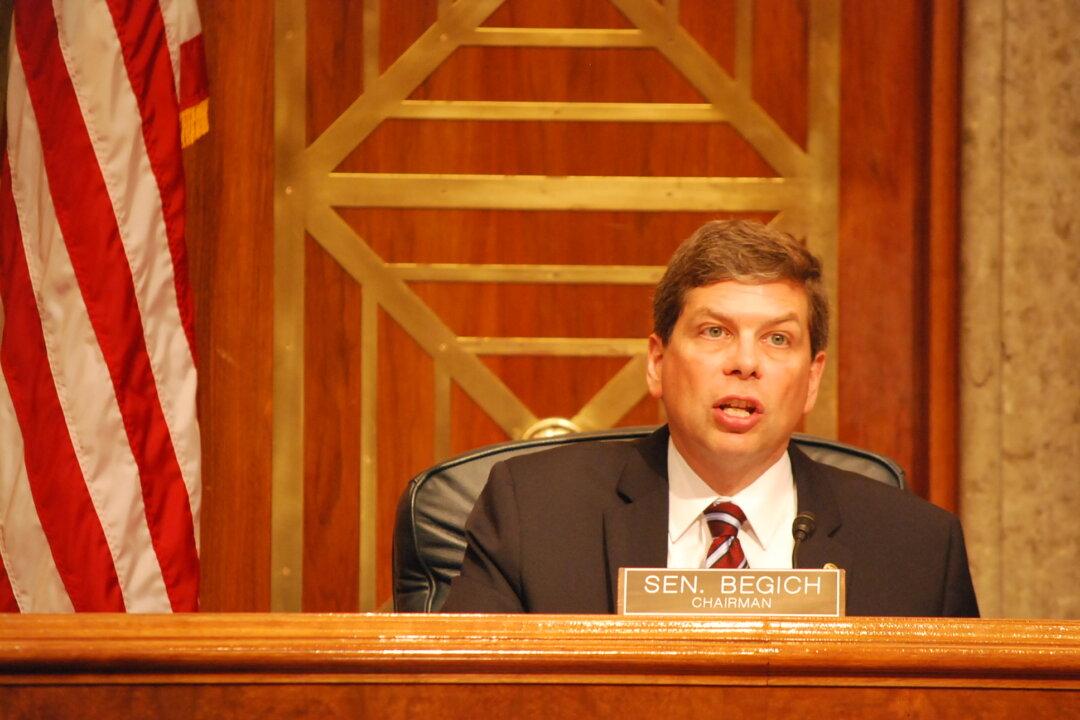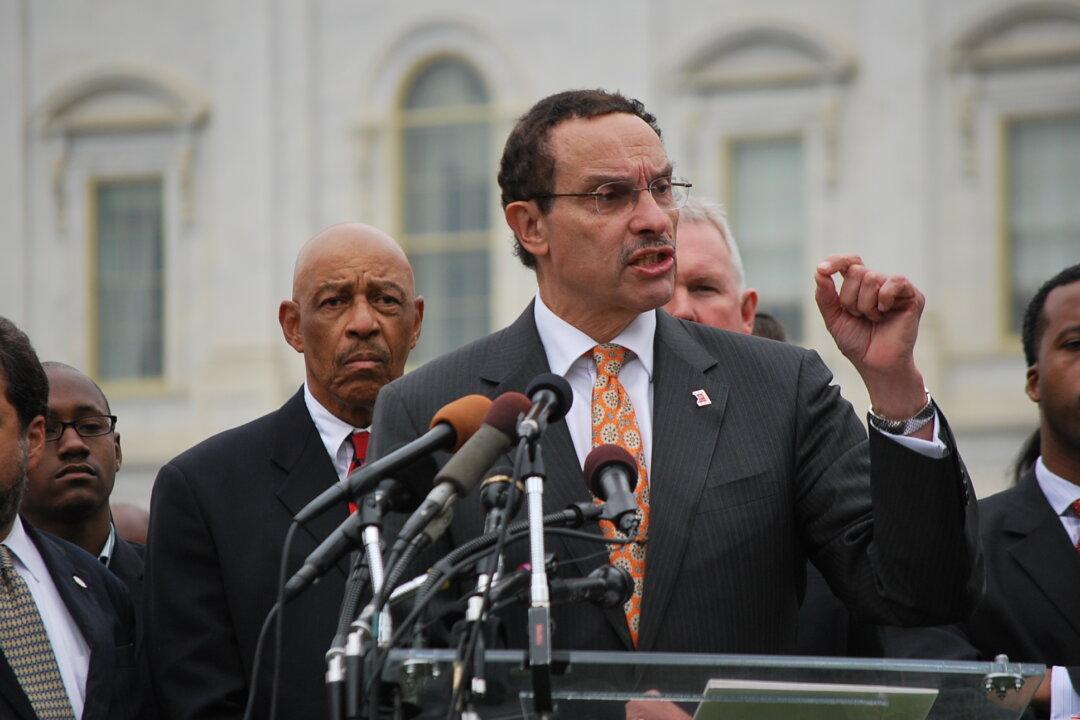WASHINGTON—The capital is the heart of the country, and because of that it is a target. “An attack on the National Capital Region is an attack on the nation itself,” said Congresswoman Eleanor Holmes Norton, who represents the District of Columbia. Responses to both natural disasters and potential terrorist attacks are part of the regions’ emergency preparedness.
HSEMA and the Maryland Emergency Management Agency conducted a four–day exercise that tested response compatibilities in the event of a nuclear device detonation.
Christopher Geldart discussed Washington’s unique coordination challenges in a July 31 Senate hearing on how prepared the National Capital Region (NCR) is for an attack or a disaster. He directs the District of Columbia Emergency Management Agency.
Geldart said that the region has come a long way in building the capabilities and the capacity to effectively prepare for, respond to, and recover from disasters.
“The District of Columbia hosts a plethora of special events every year, and each is subject to a full and individual preparedness and response effort. The constant special event planning effort is so large that it requires designated coordinating bodies lead by the District of Columbia Homeland Security and Emergency Management Agency, said Geldart in written testimony.
There are multiple levels of coordination, according to Kenneth Mallette, executive director of the Maryland Emergency Management Agency.
The Emergency Preparedness Council brings public safety leaders together with local officials to share information and to decide who does what, when.
Among responders, multiple cross-jurisdictional work groups meet regularly. Fire, public health, transportation, and sheltering groups train and prepare together and report their progress to the Senior Policy Group.
Barbara Donnellan, the county manager of Arlington County in Virginia, described a tight knit community of Emergency Management professionals. They view their close relationships as essential to the security of the region.
Donnellan said everyone tries to plan carefully for disasters, but when an unprecedented emergency happens, responders and officials learn from it. For example, the deadly 2001 anthrax mailings to D.C., New York and Florida spurred Urban Area Security Initiative (UASI) to invest in bomb squad and biological hazards training. UASI is a Homeland Security Grant Program distributed through FEMA.
In the NCR, seven local and two state bomb teams operate in the NCR. Each team supports each other through a mutual aid program. The program coordinates bomb disposal with SWAT operations.
Communication with federal agencies is also imperative to disaster preparedness. NCR disseminates intelligence through multiple fusion centers, which use coordinated technologies. The Washington Regional Threat and Analysis Center and Maryland Coordination and Analysis Center meet regularly to share best practices and to conduct join threat assessments for special events like the Fourth of July or presidential inaugurations.
Agencies have a system to track patients in area hospitals and to reunite families if they are separated in an emergency. Bomb squads, swift water rescue, and hazmat personnel are in the emergency response teams.
“As emergency managers, situational awareness is among our most important responsibilities. In a large geographic area that spans multiple jurisdictions such as the NCR, knowing what is happening, where it is happening and what is coming next can be especially challenging,” said Kenneth Mallette, executive director of the Maryland Emergency Management Agency. “Every jurisdiction in the NCR has systems in place to push emergency information to the public through text alerts, social media, and traditional public communication means,” he said.
While the Maryland, Virginia and District’s emergency management leaders have developed systems, and organizations coordinate the logistics of working collaboratively, challenges still exist coordinating emergency relief personnel and resources with states outside of the region according, to testimony from Geldart. “EMAC [ a national disaster relief compact that allows states to send said personnel, commodities and equipment to help disaster relief efforts in other states is not the sole answer,” said Geldart.
To provide emergency assistance and to between states and to circumvent EMAC , some city mayors coordinate among themselves according to Geldart.
Donnellan recommended that FEMA should give resources to states to communicate disaster relief best practices so that emergency management professionals across the country can learn from each other.


